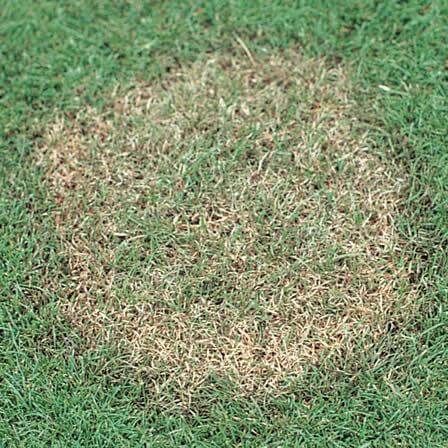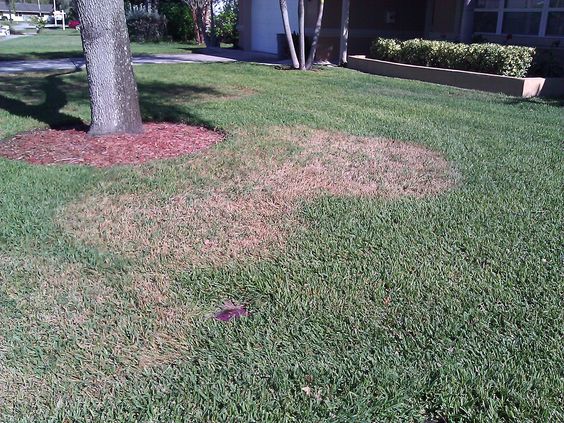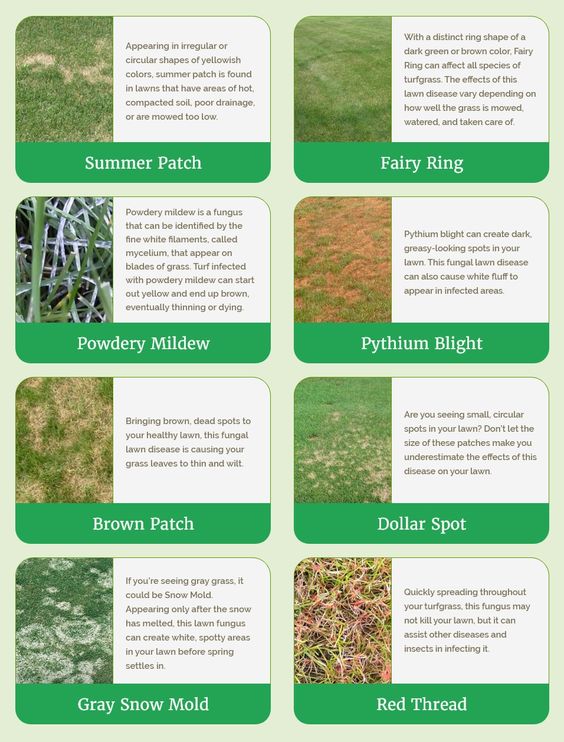Minimize lawn turf disease and keep your lawn looking its best with our fast-acting, reliable treatments! Our team knows how to treat lawn disease quickly with results to ensure your turf stays healthy and beautiful.
When turf disease takes over your lawn, it can wreak havoc on the grass in mere days! Our Lawn Turf Disease Program will help prevent this from occurring. We provide timely applications of both contact and systemic fungicides during the peak turf disease season to give you peace of mind. Proper watering and mowing techniques are also essential to guarantee your turf is kept healthy and free from turf disease-related issues.

We’ve dedicated two decades of service to helping our customers minimize seasonal lawn diseases such as (Rhizoctonia solani) brown patch, (Pythium aphanidermatum) Pythium blight or even (Sclerotinia homeocarpa) dollar spot.
That’s why we work swiftly and thoroughly to identify any problem areas as soon as possible. Our proven turf disease control program has successfully revived thousands of sickened yards, restoring them back to their former beauty and verdant health if caught early enough.
When humidity levels start increasing mid to late spring in Tennessee, that’s when you start looking out for symptoms like lesions on your grass leaf blades. Proper cultural practices are also key to manage and control turf disease outbreaks as well.


1. Brown patch disease (Rhizoctonia solani):
This disease is caused by a fungus and can affect various types of turfgrass, including Bermuda grass, zoysia grass, and fescue. It appears as circular patches of brown, dead grass with a green middle called the frog eye. It may also be surrounded by a dark ring. Brown Patch turf disease is most common during peak warm, humid weather.
2. Dollar spot (Sclerotinia homoeocarpa):
This disease is caused by a fungus and typically affects Bermuda grass, zoysia grass, and fine fescue. It appears as small, circular patches of dead grass that are about the size of a silver dollar. It is most common during warm, humid weather.
3. Pythium blight (Pythium spp.):
This disease is caused by a water mold and can affect various types of turfgrass, including Bermuda grass and ryegrass. It appears as irregularly shaped patches of wilted or dead grass that may have a greasy or slimy (melting out) appearance. It is most common during hot, humid weather and in areas with poor drainage.
4. Rust:
Rust is a fungal disease that appears as a powdery, rusty-orange or brown color on the grass blades. It is most common in late summer and early fall when the weather is warm and humid. The disease weakens the grass and can cause it to decline if left untreated.
5. Necrotic Ring Spot:
Necrotic Ring Spot is a fungal disease that appears as yellow patches with a reddish-brown ring around the outside. The disease attacks the roots of the grass, causing it to wilt and die in circular patches ranging from a few inches to several feet in diameter. The disease is often most severe in areas with poor soil drainage or heavy thatch buildup.

SecureLawn Copyright © 2024 All rights reserved.